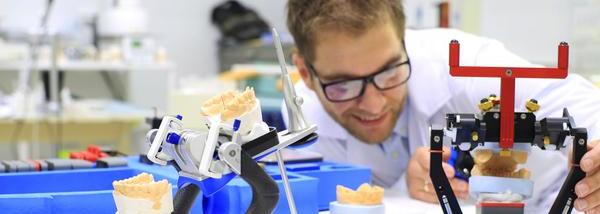Diabetes is all about how your body reacts to insulin. This hormone comes from the pancreas and one of its primary roles is to manage sugar levels in the blood. Moreover, glucose or, more simply, sugar is the final product of food digestion. When everything is okay, excess glucose is stored in your liver as glycogen while the rest goes into fat cells and your muscles. When a person suffers from diabetes, insulin doesn’t tell all those cells that they should use glucose. Diabetes is divided into type 1 and type 2.
Type 1 Diabetes
Type 1 diabetes is an autoimmune disease in the sense that the body mistakes cells that produce insulin as a threat and wipe them out. This means that patients suffering from type 1 diabetes produce very little or no insulin. The causes are not completely clear, but experts think that genetics are a primary cause, besides environmental factors.
Type 2 Diabetes
Type 2 diabetes evolves gradually through many factors including genetics, a lack of exercise, bad diet choices, and obesity. At the beginning as a type 2 diabetic, your body produces insulin but doesn’t use it well. Furthermore, patients will high levels of sugar in their blood, and some don’t produce enough insulin.
Diabetes Risks
Without proper care and management, both type 1 and type 2 diabetes can be very dangerous. In both cases, high blood sugar levels slowly destroy blood vessels and nerves, and negatively affect your heart and kidneys. Untreated, this can lead to strokes, amputations due to poorly healing wounds on your feet, blindness, and heart disease.
Difference Between Type 1 and Type 2 Diabetes
In short, doctors diagnose type 1 diabetes during childhood or in a patient’s early teens, and it affects about only a few percent of people with diabetes. This is a life-long diagnosis with symptoms such as frequent urination, fatigue, hunger pangs, and sweet smelling breath.
Type 2 diabetes is picked up by doctors at around 40, but it’s hard to diagnose because it develops gradually. Symptoms like worsening eyesight, sudden weight loss, excessive thirst or urination, longer healing wounds, and erectile problems in men are hallmarks of this disease. If you notice any of them, you can ask for a blood sugar test.
You Can Reverse Type 2 Diabetes
Unlike type 1, type 2 diabetes is reversible with the proper nutrition and exercise to the point that you don’t need insulin or any other medication. On the other hand, type 1 patients have no other option but to manage their condition.
Diabetes Treatment Differs Based on Type
Type 1 diabetics inject insulin daily with an automatic pump and have to monitor their levels multiple times a day to avoid hypoglycemia which manifests as dizziness and sometimes with a blackout which can be fatal and lead to a coma unless they eat something quickly like a chocolate snack or sugary drink. Type 2 diabetics don’t have to be as strict. They should in general stay away from foods with lots of refined carbs (soft drinks, snacks) and should eat more leafy green vegetables. If type 2 patients have a poor diet or lack exercise, they usually need to go on medication or even take insulin injections.


